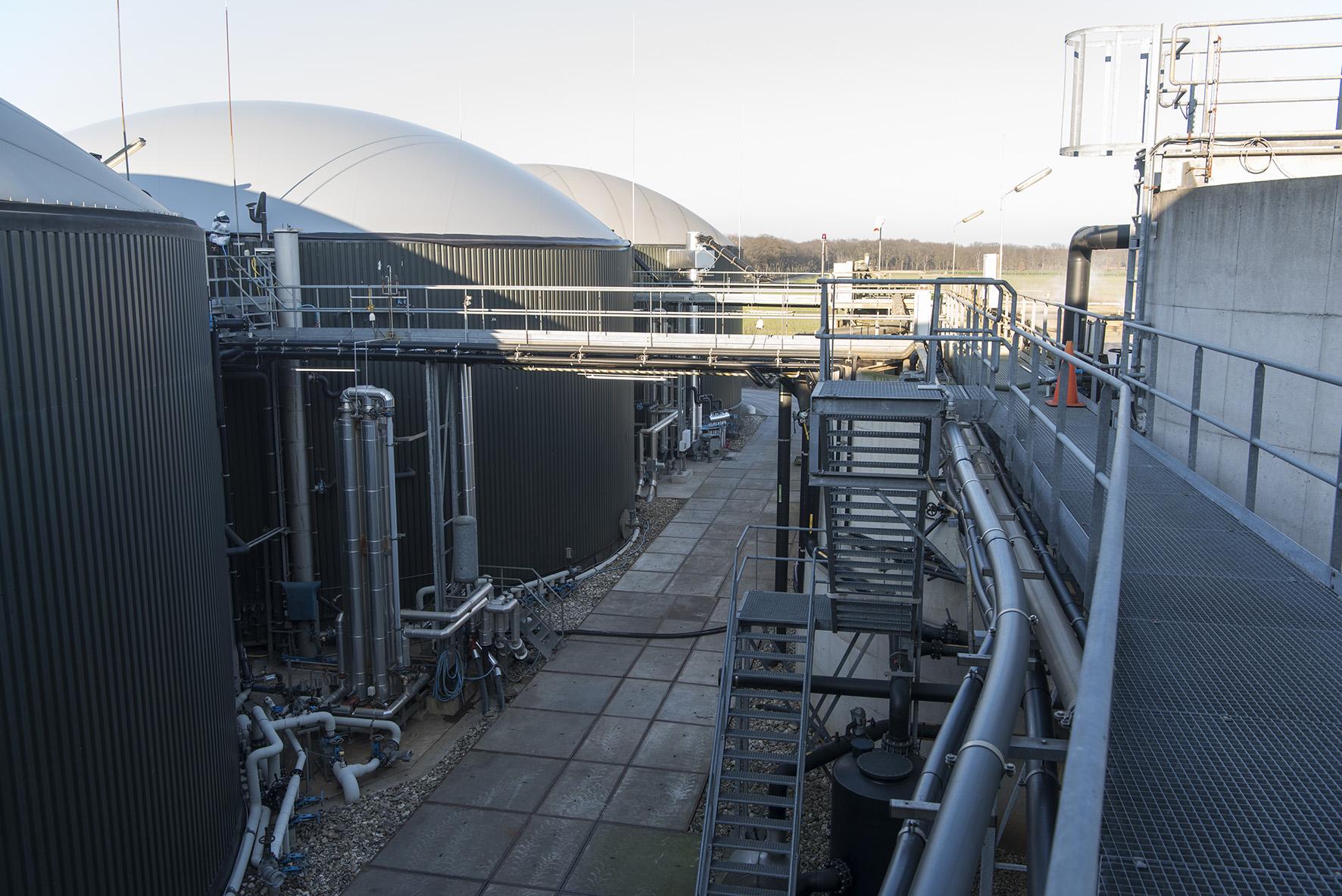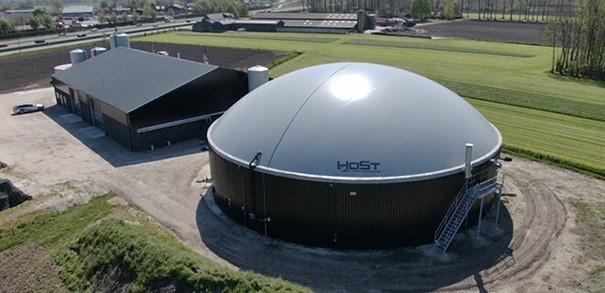Farmers and market gardeners give Limburg energy'. If it is up to the LLTB, this will soon be said about the agricultural sector in the province. The message is crystal clear in the energy vision that the advocacy group has drawn up for 2050: Limburg agriculture and horticulture are an indispensable link in Limburg's sustainable energy system.
The vision reflects the LLTB's firm commitment to the climate and energy theme to prepare and position farmers and horticulturists to take up its role in that link. In 10 years' time, our Limburg farmers will still be producing healthy, tasty and affordable food and they will also be essential to our energy system,' says Fons Kersten, LLTB executive director and climate and energy portfolio holder. 'They can contribute substantially to the livelihood of every Limburger.'
In the eyes of the LLTB, the agriculture and horticulture sector towards the future is primarily a producer of food and welfare and climate neutral by 2050. In addition, the sector fulfills an important contribution to the energy system by providing the environment with reliable and affordable sustainable energy. This is done through conservation, balancing the energy infrastructure, sustainable generation, production of energy carriers and the production of biobased building materials.
The goals drawn up in the vision must of course fit within the policy frameworks in which to work. Both on a European, national and provincial level.
Limburg energy company
Early this year, the Province of Limburg established the New Energy and Clean Environment policy framework for 2024-2027. In this policy framework it was agreed to establish a Limburg energy company. The LLTB has joined this effort, provided input and sees an indispensable role for Limburg farmers and horticulturalists. This is also included in the LLTB's vision. 'This means switching from energy clustering at the farm level, to local and then to regional level. This in close consultation with the province, the Regional Energy Strategies (RES) in the form of RES South Limburg and RES North and Central Limburg and other relevant stakeholders,' says Fons Kersten. 'Climate and energy are also part of the area programs in which it is clear that agriculture and horticulture contribute substantially to achieving the broader goals of these programs.' By initiating (pilot) projects, the LLTB would like to show what the new energy system of the future could look like.

Possibilities and opportunities
In that future, according to the LLTB, there are more opportunities to generate energy sustainably. Also, according to the advocate, there are still numerous opportunities in the sector. What is already being done and what can the sector still do? We briefly explained.
What is the agricultural sector already doing?
- Saving energy with a range of measures and investments
- Produce renewable energy through solar panels, wind turbines, cogeneration
- Use waste heat
- Capture CO2 in soil and crops
- Balancing energy system
- Optimizing electricity grid
- Energy innovations like hydrogen
Creating support
From the LLTB, various initiatives have already been undertaken to gain support for the energy vision. For example, there have been a number of working visits with the deputies and officials regarding the possibilities of green gas and geothermal energy, including at the end of March to two companies in Horst aan de Maas. During this morning, the possibilities and potential of geothermal energy in Limburg were discussed, as well as how to put it back on track, after the standstill from 2018. Kersten: "Geothermal is an important part of the future energy mix of the Netherlands. The entrepreneurs indicated that geothermal energy is not only needed for the sustainable heating of their own greenhouses, but that they can and want to use that sustainable heat to heat surrounding villages in the region. ' The meeting was picked up together with Glastuinbouw Nederland region Limburg.
In addition, together with entrepreneurs from Horst aan de Maas, a start was also made to inform the city council and the college about the role of agriculture and horticulture in the energy transition. They are now thinking about the re-evaluation of the Renewable Energy Generation Framework (KODE) and a possible pilot project at veld-Oostenrijk. The LLTB is also involved in a study in the municipality of Leudal concerning a new form of energy cooperation between agriculture, industry and citizens. Specifically, this new form of cooperation is now being worked out there and is looking at mono-manure fermentation together with energy cooperative Leudal. The Farmers with Energy project has also made a start. Currently only in North and Central Limburg, but rollout to South Limburg is underway.
Where are opportunities?
- Multiple use in renewable energy generation .
- Coupling opportunities in the agricultural sector, mainly between livestock farming and greenhouse horticulture. But also towards the built environment and industry.
- Energy hubs. A good example is at the business park in Nederweert. There, a hub solves their own network congestion.
- Countering grid congestion
- Green gas production from manure fermentation
- Geothermal energy
- Hydrogen
- SMR (small nuclear power plants)
- Biomass

Gas Network
Positive factor is that the necessary network for transportation, the gas grid, for most of the above opportunities is already there. Moreover, the capacity on the gas grid is many times greater than on the electricity grid and transport via the gas pipeline is much cheaper. Kersten: 'As LLTB we would like to get to work to give this heat track further form and substance. We would rather not do that alone. That is why we are calling on entrepreneurs, the RES regions of South, North and Central Limburg, but also the province and Limburg municipalities to take up this gauntlet with us. The climate issue is a challenge we face as a whole society and the energy transition will not happen by itself. We have to get to work. From field to volt and from green grass to green gas.'
But this is not enough. There is still a lot of work to be done to meet the goals set and to actually explore and realize all the opportunities. These include involvement and connection of sustainability plans, active facilitation of and fast procedures for initiatives, open sights on bioenergy and innovation and the lobby of geothermal, grid capacity and solving grid congestion.
How to move forward?
The LLTB's energy vision remains under continuous development. Here it remains important that the agriculture and horticulture sector remains involved and connected in the interpretation of the energy transition. This requires that other parties and organizations give the sector room to play their part in stabilizing and optimally utilizing the energy network. In the meantime, the LLTB is in full discussion with parties and entrepreneurs to get started on concrete (pilot) projects and to ensure that climate and energy are properly embedded in the NPLG and LPLG. Our farmers and market gardeners have energy. Literally and figuratively!